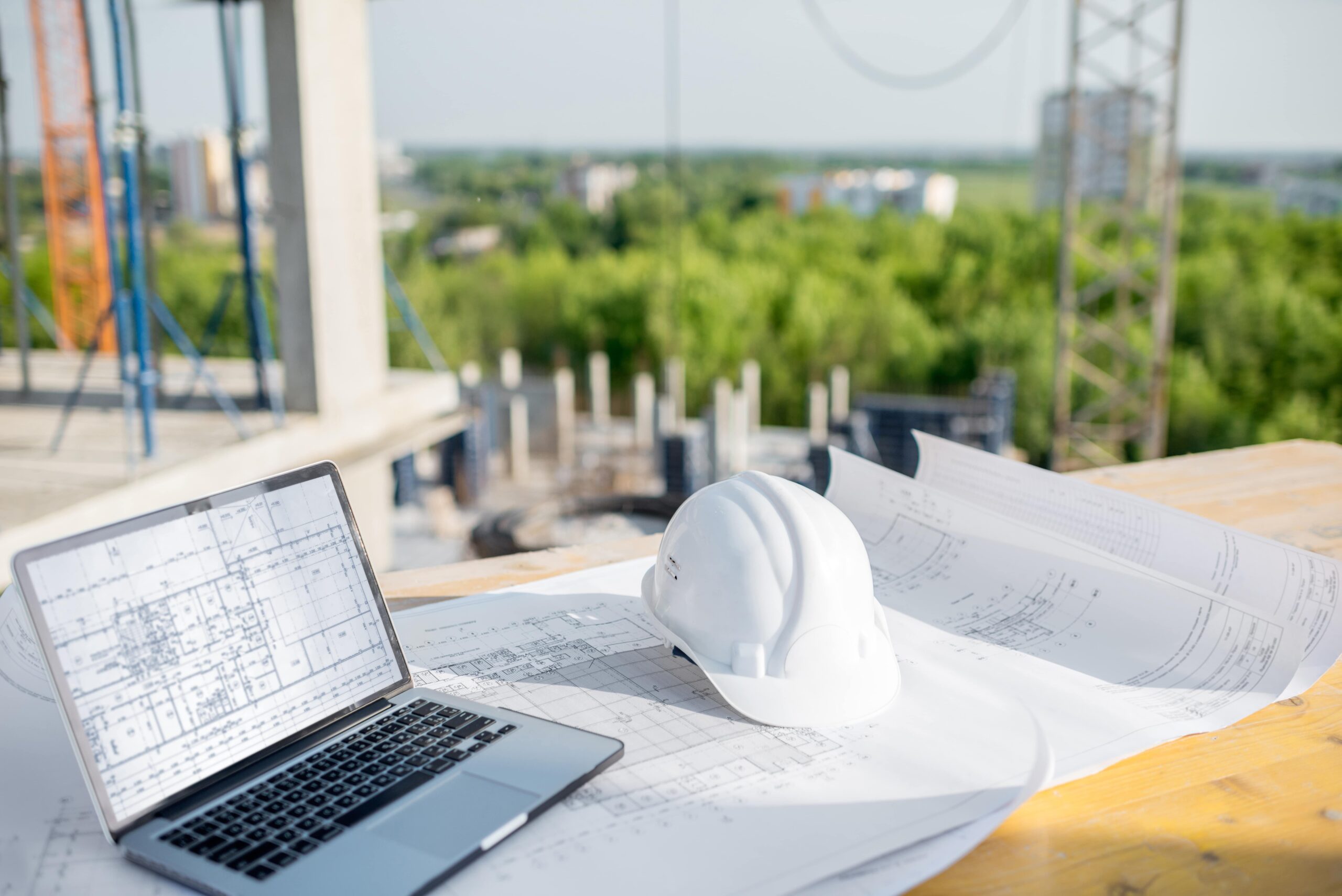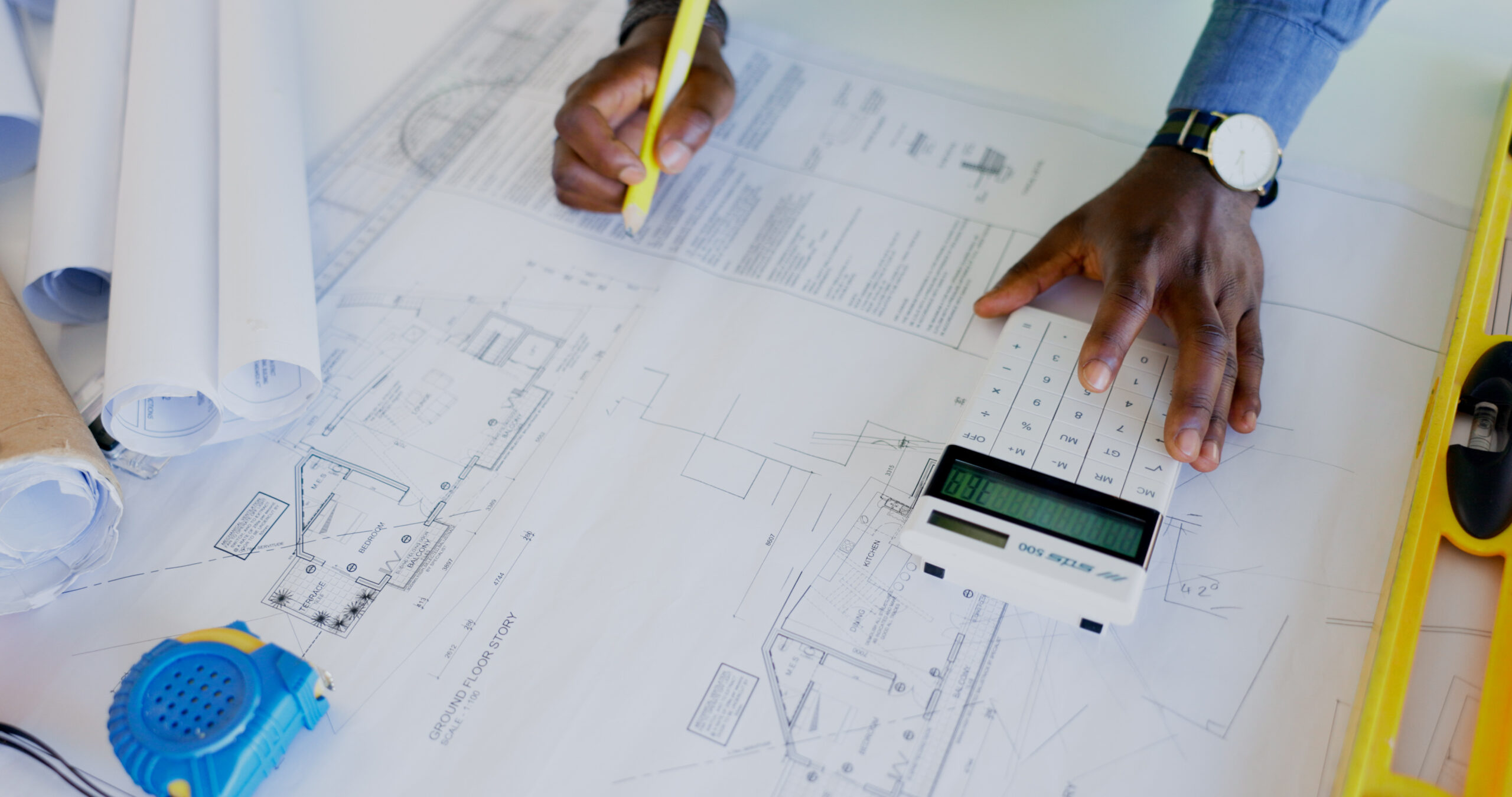
In the competitive and complex landscape of New York City construction, the cost estimation of building construction has evolved from manual projections to data-driven intelligence. Accurate estimation today demands more than experience—it requires the integration of analytics, automation, and insight.
At True Bid Data, this transformation represents the future of project forecasting. Using data analytics, firms gain access to real-time information that supports precise planning, minimizes financial risks, and improves operational efficiency. In a city where zoning restrictions, supply chain volatility, and rising material costs intersect, accurate data interpretation is the difference between a profitable project and a costly setback.
The Role of Analytics in Modern Construction Costing
Traditional cost estimation relied heavily on static spreadsheets and historical averages. But the cost estimation of building construction in New York City requires dynamic data models that can adapt to changing variables.
By employing data analytics, construction professionals can collect, interpret, and visualize information from multiple sources such as material pricing feeds, subcontractor performance data, and regional cost indexes. Machine learning models further enhance this process by identifying hidden patterns that inform better cost predictions.
For example, analytics can detect seasonal pricing trends in construction materials, helping teams forecast when costs will rise or fall. Similarly, by analyzing historical labor productivity rates across boroughs, project managers can predict potential bottlenecks and adjust scheduling and budgets accordingly.
This approach replaces reactive decision-making with proactive intelligence empowering NYC construction teams to respond to challenges before they escalate.
Integrating Digital Strategy into Estimation Workflows
A strong digital strategy underpins effective cost estimation for building construction. Data without structure offers limited value. True Bid Data emphasizes the importance of integrating technology platforms that centralize estimation, procurement, and project management functions.
By leveraging cloud-based tools, all stakeholders can work from a single data ecosystem. This ensures that pricing updates, supplier bids, and design modifications are immediately reflected in cost forecasts. In a fast-paced market like New York City, where project decisions move quickly, having synchronized digital systems eliminates costly communication gaps.
Through dashboards and automated reports, data becomes a living asset fueling continuous insights that drive better financial outcomes. This strategic integration aligns cost estimation not just with budgeting goals, but with long-term business objectives.
Predictive Modeling: Forecasting Beyond the Present
Predictive modeling is one of the most transformative applications of data analytics in construction. In NYC’s rapidly changing environment, predictive tools use historical data, market trends, and economic signals to estimate future costs with remarkable accuracy.
These models analyze variables such as material inflation, energy price fluctuations, and permit approval timelines to forecast their cumulative impact on a project’s financial trajectory.
For instance, predictive analytics can simulate multiple cost scenarios for a high-rise in Manhattan based on potential supply chain disruptions or weather delays. This allows project teams to build contingency plans backed by evidence, not speculation.
The result: a cost estimation process that evolves alongside the market—offering a competitive edge to firms that prioritize data literacy and technological adoption.
Geospatial and Local Market Data in NYC Construction
In New York City, location-specific data plays a crucial role in determining the cost of building construction. Every borough presents its own logistical and regulatory challenges, influencing project costs in subtle yet significant ways.
By integrating geospatial data into cost estimation models, firms can evaluate:
- Transportation and access routes for material delivery.
- Soil and structural conditions impacting foundation costs.
- Proximity to utilities, suppliers, and workforce clusters.
For example, constructing in Brooklyn may have different logistical implications than in the Bronx or Staten Island due to local permit processes and congestion fees.
Through True Bid Data’s analytics platform, such location-based variables can be quantified and visualized, enabling data-backed cost differentiation that reflects the true complexity of NYC’s construction environment.
Enhancing Collaboration Through Data Transparency
Data transparency transforms how teams collaborate during cost estimation. When all stakeholders contractors, architects, financial officers, and investors—access the same analytics dashboard, they can align decisions quickly and confidently.
Transparent, shared data helps clarify why costs are projected as they are. Instead of disputing estimates, teams can review the underlying metrics, from supplier price indexes to productivity benchmarks.
This visibility is essential in New York City, where projects often involve multiple layers of partnership. By fostering trust through data transparency, firms not only streamline communication but also enhance accountability and reduce budget conflicts.
True Bid Data supports this collaborative transparency by providing integrated data visualization tools that make complex financial information understandable and actionable.
Sustainability Insights in Construction Costing
As sustainability becomes a defining factor in urban development, data analytics plays a crucial role in linking environmental responsibility to financial forecasting.
Through lifecycle cost analysis and sustainability metrics, data can quantify the long-term benefits of energy-efficient designs, recycled materials, and carbon-conscious construction practices.
For NYC developers, this insight allows more informed cost-benefit evaluations. For instance, while sustainable materials might present higher upfront costs, analytics can project long-term savings through energy efficiency and regulatory incentives.
By embedding sustainability insights into cost estimation of building construction, firms align profitability with environmental goals—an increasingly vital consideration for modern urban projects.
The Future: AI and Automation in Construction Estimation
The future of cost estimation of building construction in New York City lies in automation powered by artificial intelligence.
AI tools will continue to enhance data accuracy, automate repetitive estimation tasks, and identify anomalies in real time. Combined with predictive analytics, AI-driven platforms will produce continuously updated cost models that adapt as project variables change.
Automation will not replace human expertise it will amplify it. Estimators will transition from data entry to strategic interpretation, using insights to guide high-value decisions and mitigate financial risks early.
True Bid Data envisions a future where AI and analytics operate hand in hand, transforming construction estimation into a fully intelligent process that continuously learns, predicts, and optimizes.
Conclusion: Building Smarter with Data in NYC
The cost estimation of building construction is no longer just an accounting exercise it’s a data-driven discipline that shapes project success from concept to completion.
In New York City, where complexity and opportunity coexist, data analytics offers the clarity, precision, and foresight needed to stay competitive. By integrating analytics, predictive modeling, and digital strategy, True Bid Data helps firms turn uncertainty into strategy and information into action.
The future of construction in NYC belongs to those who build not only with materials—but with data.




